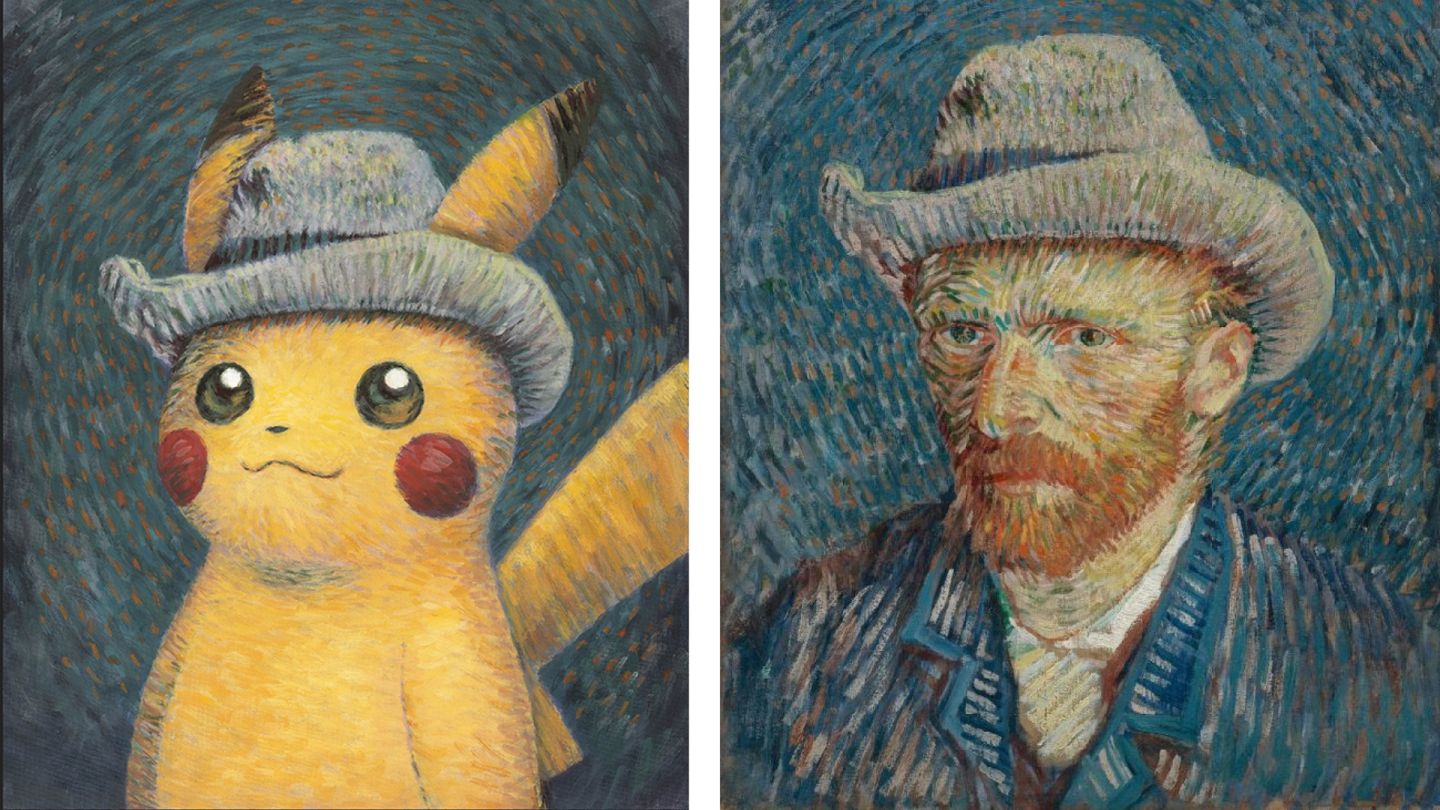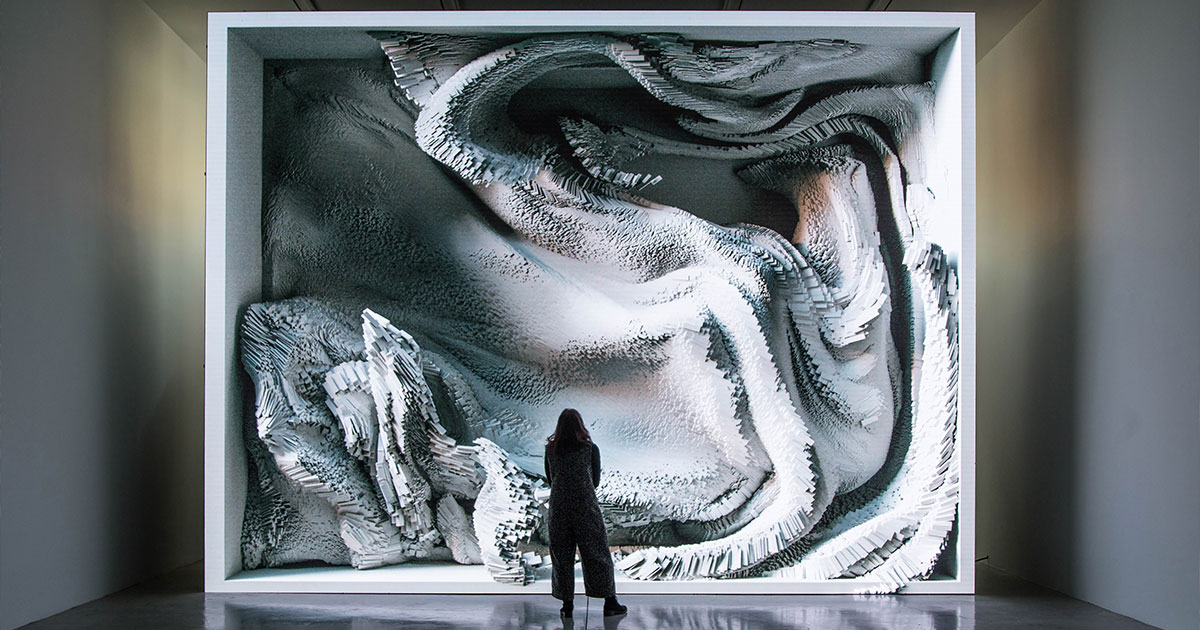AI in Art: Threat or Tool for Creativity?
Artificial intelligence is no longer just a sci-fi concept—it's now a tangible force reshaping the art world. From image generation and music composition to poetry and film editing, AI is rapidly becoming a new brush in the artist’s toolkit. But as this technology grows, so do the debates. Is AI pushing creativity into new realms, or is it replacing the very soul of art?
What AI Can Do in the Creative Space
AI tools like DALL·E, Midjourney, Runway, and Stable Diffusion can generate images from simple text prompts. Others like AIVA and Amper Music compose original scores. In writing, ChatGPT can produce stories, poems, and scripts. These tools learn by training on massive datasets, often made up of real artworks, songs, and texts created by humans. This has led to incredible outputs: surreal landscapes that never existed, music in the style of dead composers, and poetry that mimics human emotion. But it also raises unsettling questions: If AI can generate a “Van Gogh-style” painting in seconds, what happens to the real Van Gogh’s legacy?
Artists Who Reject AI
Many prominent figures in the creative world have voiced strong opposition to AI-generated art, seeing it as a shortcut that strips away the humanity from the artistic process.
Hayao Miyazaki, co-founder of Studio Ghibli, made headlines when he called an AI-generated animation “an insult to life itself.” In a public demonstration, he watched an AI attempt to simulate a creature’s movement and was visibly disturbed. “Whoever creates this stuff has no idea what pain is,” he said. For Miyazaki, art is deeply tied to human emotion, ethics, and lived experience: qualities he believes no machine can replicate. Other critics argue that AI lacks intent. Philosopher and art critic John Ruskin once said, “All great art is the expression of man’s delight in God’s work.” For traditionalists, AI might produce interesting images, but without emotion or belief behind them, is it really “art”?
Artists Who Embrace AI as a Medium
On the other side, a growing number of artists see AI as a new kind of paintbrush, one with unique possibilities.
Refik Anadol, a Turkish-American artist, is known for creating mesmerizing installations that use machine learning to turn massive datasets (like weather patterns or brainwave scans) into dynamic, living art. His project “Unsupervised” at MoMA used AI trained on the museum’s entire collection to create evolving digital abstractions. For Anadol, AI doesn’t replace human creativity—it expands it.
Mario Klingemann, a German artist, also uses neural networks to explore ideas of authorship and aesthetics. His work blurs the line between human and machine-generated art. He often collaborates with AI to generate portraits and abstract images that are impossible to create by hand.
Collaboration Over Replacement, the middle ground
The most balanced approach to AI in art views it as a co-creator. Much like how photographers use cameras or musicians use synthesizers, artists today can use AI to extend their creative range. The difference is, this tool can learn and sometimes surprise its user. When artists input prompts, refine algorithms, or retrain models, they are engaging in a process not unlike traditional experimentation. The human hand and mind still guide the machine. Creativity remains collaborative, not fully automated.
Ethical and Legal Concerns
AI’s ability to generate works based on existing art has sparked major controversies:
1) Plagiarism: AI often learns from copyrighted work. If it mimics a living artist’s style, who owns the result?
2)Authorship: Should the credit go to the coder, the AI, or the person who typed the prompt?
)Exploitation: Many AI models are trained on data scraped from the web without the consent of artists or writers.
In 2023, several lawsuits were filed by illustrators and photographers whose work was used to train AI without permission. These cases could set legal precedents that will put more legislation on these complex questions
Can Art and AI Coexist?
AI is not going away. It will likely become more integrated into creative workflows, just like digital tools did decades ago. The key lies in how we choose to use it.
Art is more than product: it's a process, intention, and emotion. While AI can mimic style and form, it still lacks a soul. Maybe the future of art isn’t man vs. machine, but a new dialogue between the two.




I reallt liked how you show the pro and cons of AI in the art industy ! I also think that AI will never surpass the power of the human interpretation !
ReplyDeleteI think Ai could never really replaced human made art, the whole point of art is to give your viewers a view into your own mind and your emotions and AI could never replace that
ReplyDeleteBut I also like the artist you mentioned in your essay maybe working along the AI is not so bad